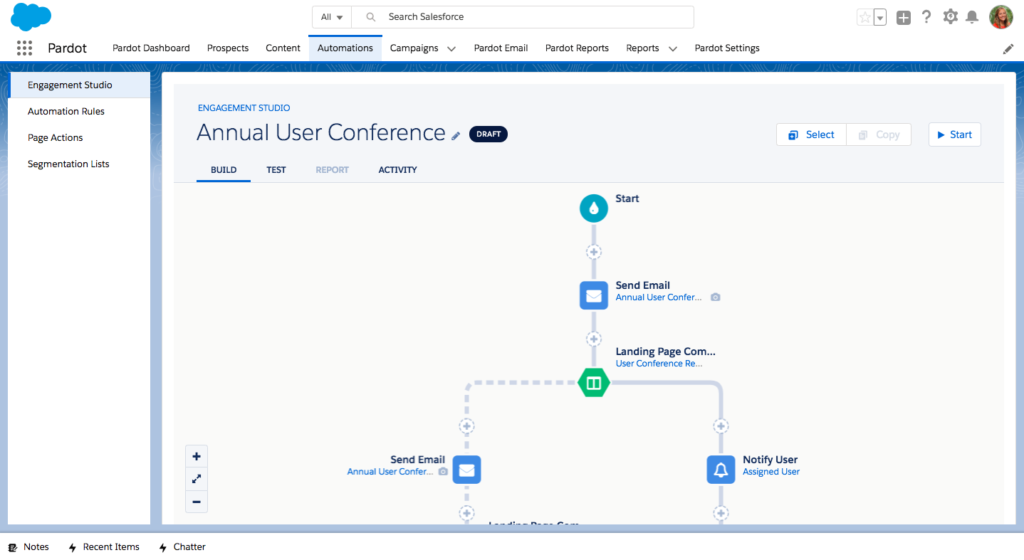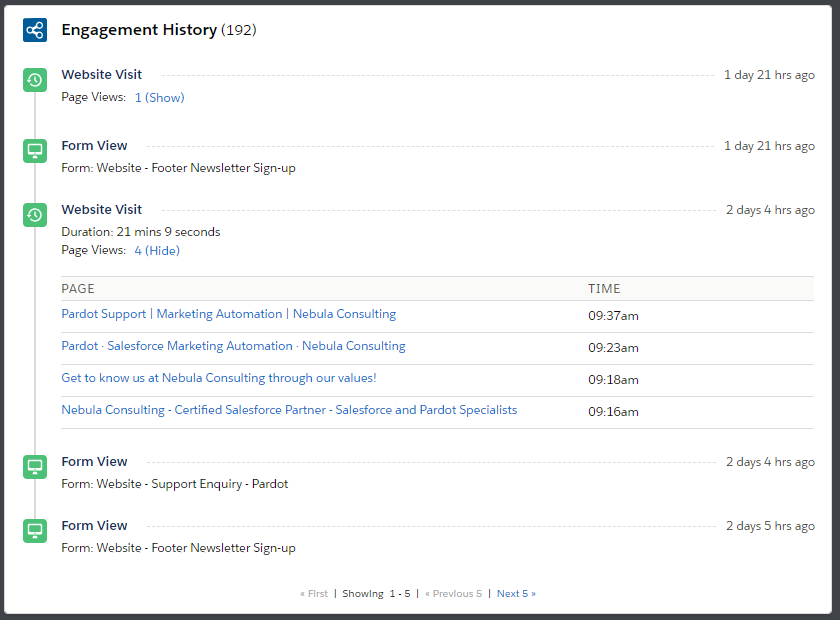For those of you who want to give your users a single interface to access sales and marketing information, Pardot for Lightning is the feature for you!
If you are using Sales Cloud in Lightning, Pardot will now be accessible as a Lightning App, complete with the functionality of Lightning navigation. A single Salesforce login is all that’s required to log in to both apps, so there’s no longer a need to verify separate accounts or waste time switching back from platform to platform.
Until now, Pardot users could access the marketing automation tool via a tab in Salesforce. This was essentially an iframe of the Pardot platform. At Dreamforce, Pardot announced the new Lightning app which integrates Pardot and Salesforce in a single interface. This makes it much easier for marketers and sales to align their activities for a more effective end-to-end customer journey.

One thing to bear in mind is that Pardot and Salesforce data is still separate. Although you can view Prospects, Leads and Contacts from one menu in Pardot for Lightning, they remain distinct objects.
I am also a huge fan of the Engagement History Lightning Component. This replaces the sometimes clunky Pardot Activities Visualforce component used in Classic. The Engagement History component is sleek, intuitive and full of rich Pardot insights. It’s one more great tool to add to your Sales / Marketing Alignment kit!

We would definitely recommend exploring these new features, especially if your marketers are frequently switching between Salesforce and Pardot. To get started with Pardot for Lightning, follow the guide on the Salesforce Help pages. Or for more help with integrating Salesforce and Pardot, get in touch with our experts.


